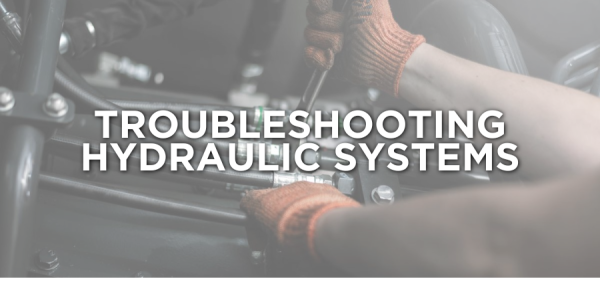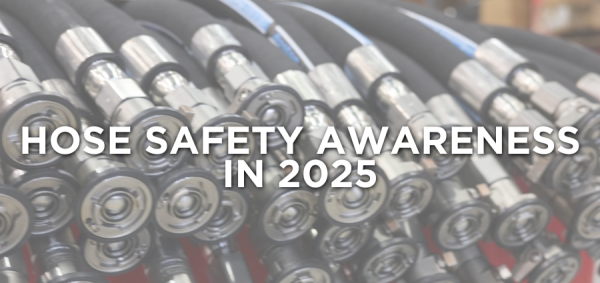The global push toward sustainable and eco-friendly solutions is reshaping industries, including the energy sector. Electrically operated high-pressure manifolds are emerging as a promising technology that reduces environmental impact by eliminating the need for compressed air or hydraulic fluid. As one of the five main technologies for manifold operation and control, electric manifolds offer unique benefits, especially when paired with advanced automation systems like programmable logic controllers (PLCs). Below, we’ll explore the advantages and limitations of electrically operated high-pressure manifolds, and why they may become a preferred choice in the near future.
What Are Electrically Operated High-Pressure Manifolds?
Electrically operated high-pressure manifolds are advanced systems used to regulate and control the flow of fluids in industrial applications. Unlike hydraulic and pneumatic alternatives, electric manifolds rely solely on electrical power, reducing their carbon footprint and environmental impact. Despite being relatively new in the high-pressure manifold market, these systems are proving efficient, especially in applications where automation and sustainability are top priorities.
Advantages of Electrically Operated Manifolds
1. Enhanced Automation and Control
One of the most significant benefits of electric manifolds is their ease of automation. Advances in electronics over the past few decades have dramatically improved the control and monitoring capabilities of electric actuators. When combined with PLCs, operators can fine-tune system performance, monitor valve functions in real time, and adjust settings with precision.
2. Environmentally Friendly Operation
Electric manifolds eliminate the use of hydraulic fluid or compressed air, making them a “green” option in the manifold space. The only emissions related to these systems come from the production of electricity, which can vary depending on the source. Nonetheless, they present a cleaner option for companies seeking to reduce their environmental impact.

3. User-Friendly Interface
Electric actuators offer straightforward control options, including push buttons, touchscreens, and centralized control panels. This user-friendly operation makes electric manifolds ideal for applications that require quick and easy valve control, reducing the likelihood of operator errors.
4. Lower Operational Costs
Electric manifolds are designed with high-efficiency motors, which translate to lower energy consumption and reduced operational costs. The improved energy efficiency also means a lower carbon footprint, aligning well with global environmental goals.
5. Reduced Maintenance Needs
Electric actuators generally require less maintenance than hydraulic or pneumatic systems. Fewer components mean fewer potential points of failure, reducing the total cost of ownership and extending the service life of the actuators.
Challenges of Electrically Operated High-Pressure Manifolds
1. Limited Fail-Safe Options
One challenge of electric manifolds is the need for battery backup to ensure fail-safe operation. If power is lost, a battery-powered fail-safe system is necessary to return the valves to their safest positions. However, this requirement adds both cost and weight to the system, as battery enclosures must be large enough to support emergency functions.
2. Larger Size and Weight
Electric actuators require larger sizes to meet high torque demands. In fact, they can be up to four times larger than their hydraulic or pneumatic counterparts, which is a significant consideration in space-constrained environments. While size and weight may not be an issue in outdoor applications, offshore platforms or other confined spaces may face challenges accommodating these larger systems.
3. Limited Explosion-Proof Options
In hazardous environments, explosion-proof equipment is essential. Currently, the market offers only a limited selection of explosion-proof electric actuators that can handle high torque requirements. This limitation may affect industries working in combustible environments, such as oil and gas.
4. Higher Installation and Startup Costs
Electric manifolds often come with higher initial costs due to the complexity of system programming and automation. For some companies, the upfront investment may be a barrier; however, these costs can be offset over time through increased energy efficiency and lower operational expenses.
Applications of Electrically Operated Manifolds
Electrically operated manifolds are versatile and can be used in various applications, including:
- Industrial Automation: Suitable for applications requiring precise control and remote monitoring, especially in sectors focused on reducing environmental impact.
- Energy Sector: With the push toward cleaner energy solutions, electric manifolds offer an option for oil and gas companies aiming to lower emissions.
- Water Treatment: The low-maintenance requirements make them ideal for water treatment facilities, where reliability and efficiency are crucial.
Future of Electrically Operated Manifolds
As industries continue to emphasize sustainability, electrically operated manifolds are expected to become more popular. Technological advancements and increased availability of explosion-proof and high-torque electric actuators could position these systems as leaders in manifold control technology. The shift towards electric solutions aligns with global mandates to reduce carbon emissions and promote cleaner, greener technologies.

Conclusion
Electrically operated high-pressure manifolds offer numerous benefits, from enhanced automation to lower operational costs and reduced environmental impact. While they do come with some challenges, particularly in terms of size and fail-safe options, ongoing advancements are likely to address these limitations. For industries prioritizing sustainability and efficiency, electric manifolds present a promising solution with the potential to reshape manifold operation and control.




